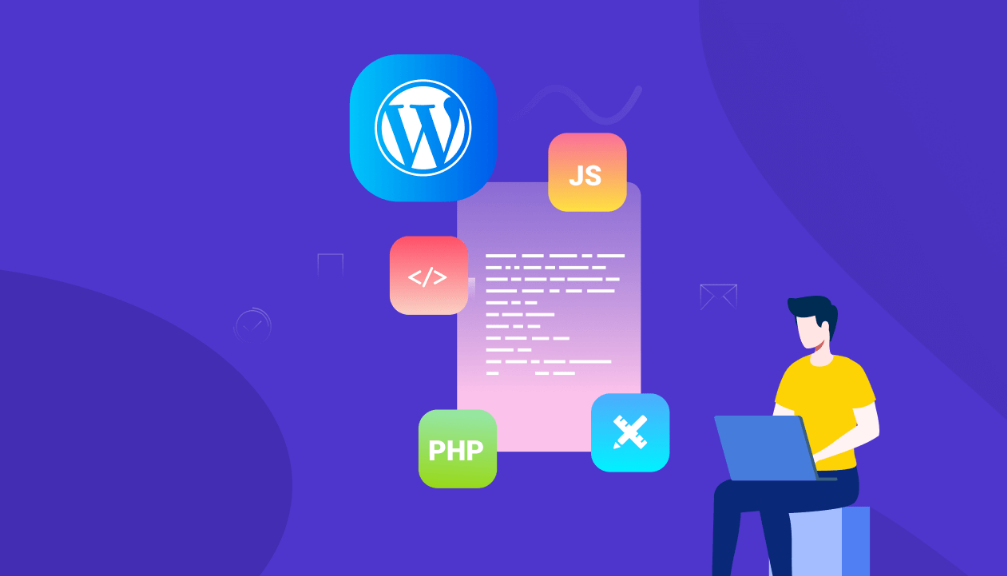
Professional WordPress Plugin Development: 4 Tips and Best Practices
Professional WordPress plugin development is a highly specialized field that requires extensive knowledge and experience. WordPress is a popular content management system that powers millions of websites, and plugins play a crucial role in extending its functionality. If you’re a web designer, creating custom plugins can help you stand out in a crowded marketplace. In this article, we’ll discuss five tips and best practices for developing WordPress plugins.
1. Plan Your Plugin Architecture
Before you start coding your plugin, it’s essential to plan its architecture. This includes defining the functionality, creating a roadmap, and outlining the database schema. By taking the time to plan your plugin architecture, you can ensure that your code is organized and maintainable. Additionally, planning can help you avoid potential pitfalls and ensure that your plugin is scalable.
2. Use Best Practices for Code Quality:
Professional development requires adherence to industry best practices for code quality. This includes using proper naming conventions, commenting on your code, and writing clean, readable code. You should also use secure coding practices to ensure that your plugin is not vulnerable to attacks. Code quality is crucial in plugin development, and it will help you avoid issues down the road.
3. Test Your Plugin Rigorously
Thorough testing is a crucial step in plugin development. You should test your plugin for compatibility with different WordPress versions, browsers, and devices. Plus, you should test your plugin for performance and ensure that it does not slow down your website.

4. Provide Excellent User Experience
Plugin development should focus on providing an excellent user experience. This includes designing a user-friendly interface, providing clear instructions, and creating helpful documentation. Your plugin should be intuitive and easy to use, even for non-technical users. In addition, you should provide prompt and helpful support to users who encounter issues with your plugin.
As a WordPress web designer, this can help you stand out and attract more clients.
5. Optimize Your Plugin for Performance
Your plugin should not slow down your website, and it should not consume excessive server resources. You should optimize your plugin for speed and ensure that it is lightweight and efficient. And, you should use caching and other performance optimization techniques to improve your plugin’s performance.
Conclusion:
Professional WordPress plugin development requires extensive knowledge and experience. By following these tips and best practices, you can create high-quality plugins that enhance the functionality of WordPress websites.